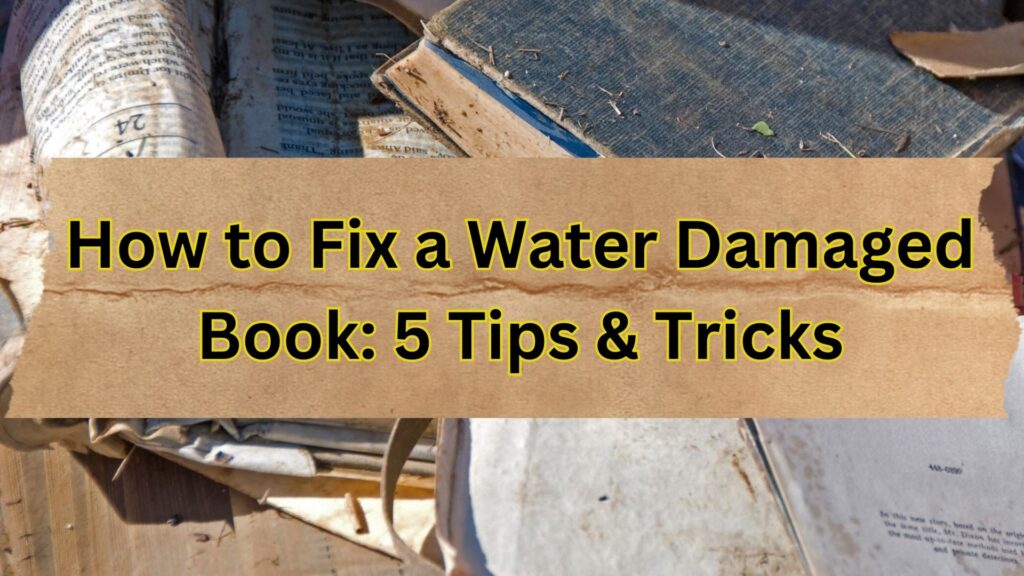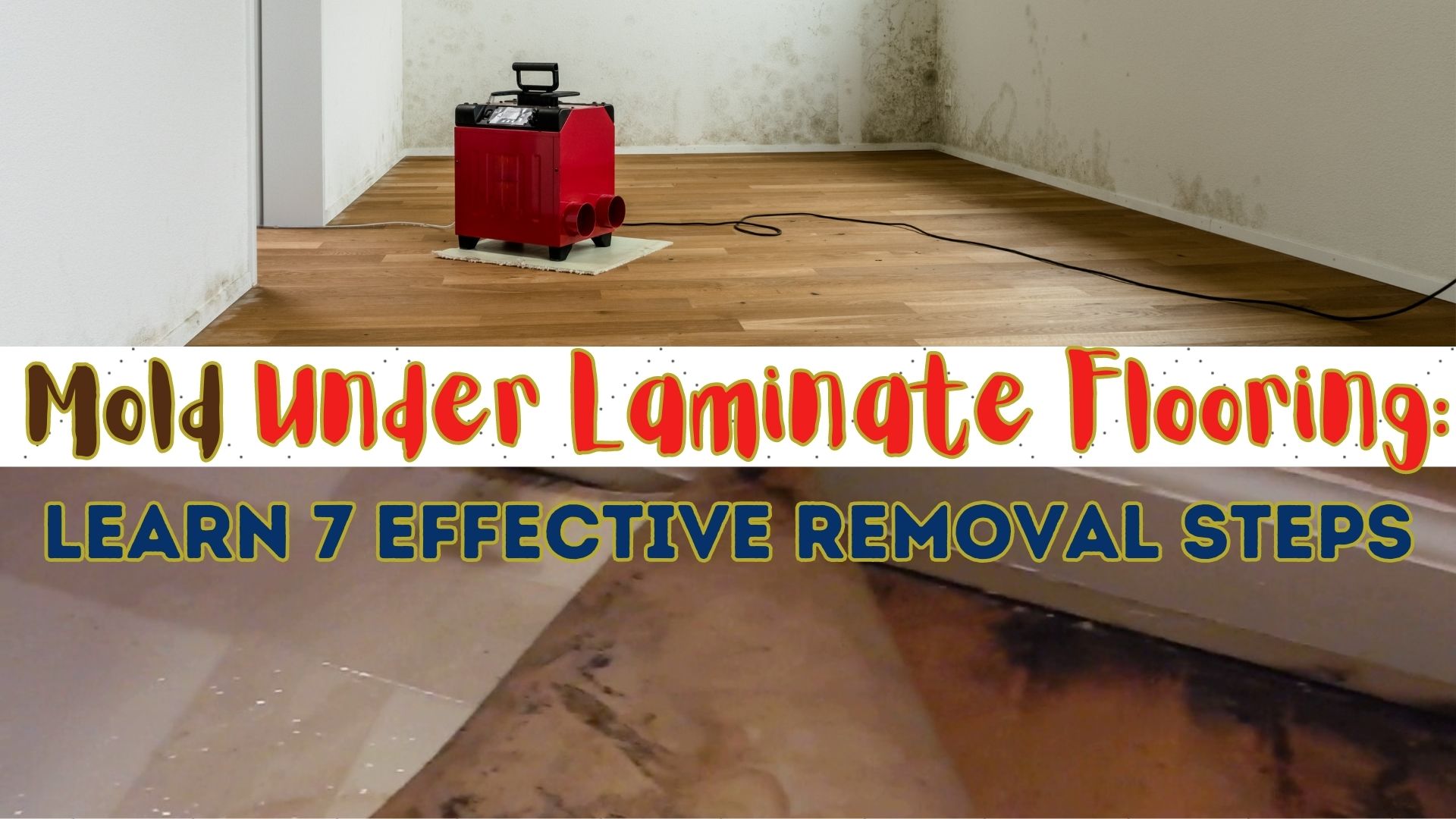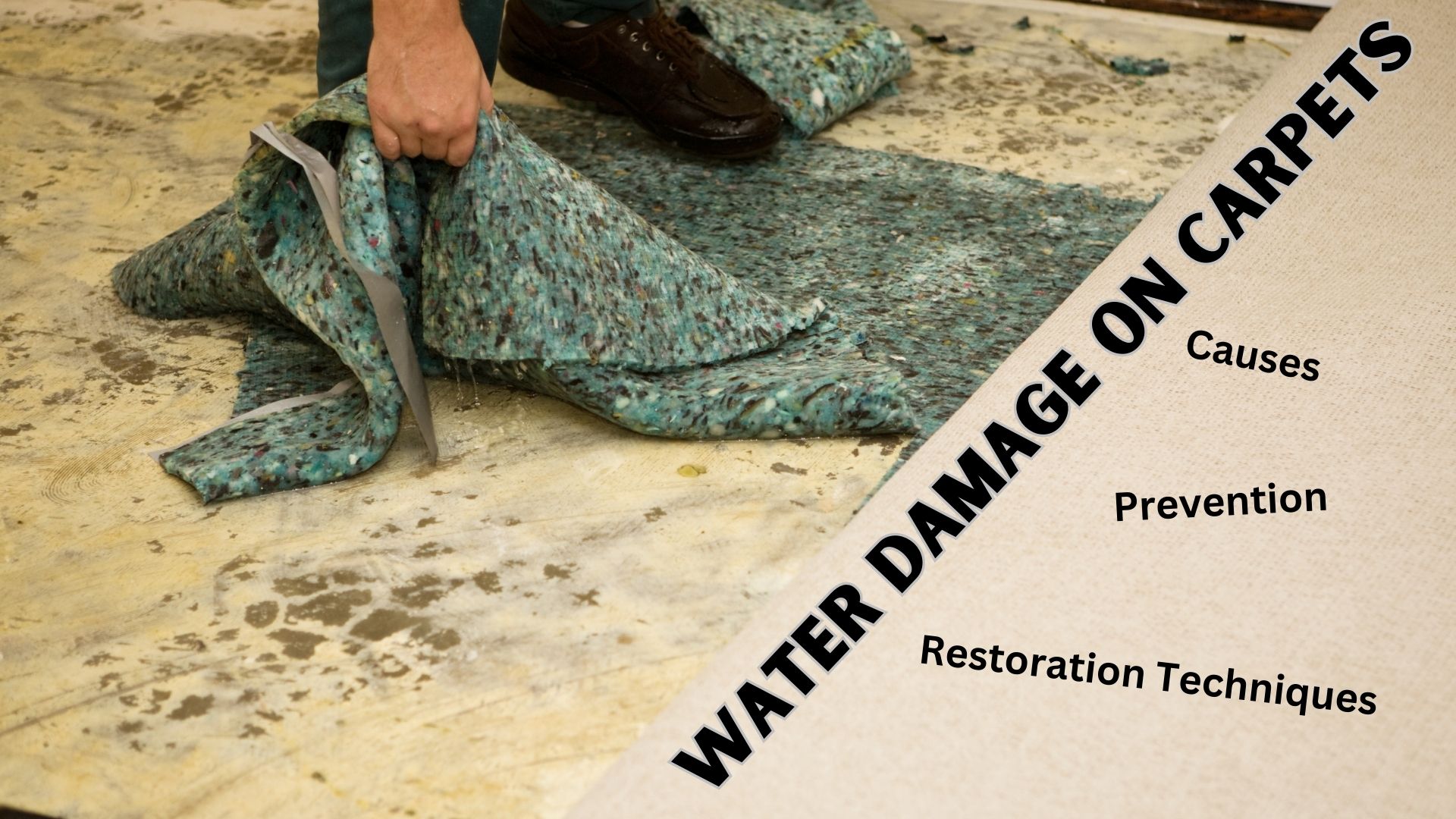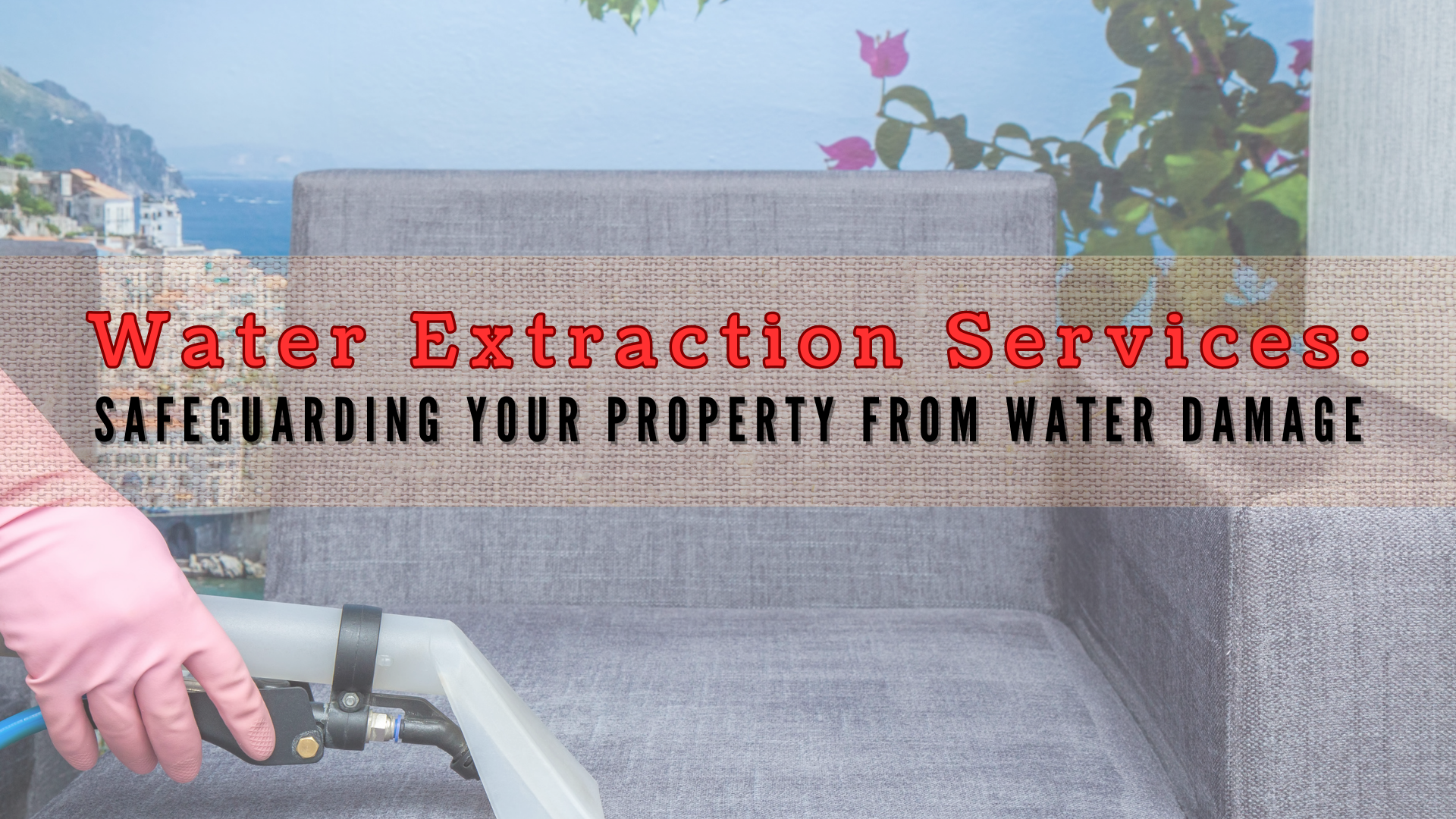
Water damage can be disastrous for books, especially those made of coated paper, which is commonly found in university libraries. When a book becomes wet, the moisture can cause mold growth and weaken the paper, leading to irreparable damage. With proper care and quick action, it is possible to save a water damaged book.
In this article, we will discuss some tips and tricks on how to fix a water damaged book.
A friendly reminder: This article is for informational purposes only.
Superior Restoration does not provide services that concern water-damaged books. However, if you need assistance with water damage restoration services for your home or building, we can surely help you.
What Types of Books Can You Fix
 A variety of books can be restored easily with just air-drying. But, if the book that has been damaged by water is rare and valuable in terms of size, materials, and others, it would be best to bring it to professionals. They have special equipment and technique to thoroughly restore your water damaged books.
A variety of books can be restored easily with just air-drying. But, if the book that has been damaged by water is rare and valuable in terms of size, materials, and others, it would be best to bring it to professionals. They have special equipment and technique to thoroughly restore your water damaged books.
Preparing the Area
The most perfect environment for drying water-damaged books is a place that is well-ventilated and has a low level of humidity. It doesn’t only help in drying the book faster but it also prevents mold to grow in the area. Moreover, a few simple materials are needed to completely dry your water damaged book.
- A large-spaced table
- Absorbent material such as parchment paper or paper towels
- tin foil
- One or more fans
Fixing a Water Damaged Book
Before you begin restoring water damaged books, know the water that has caused damage to the books. If flood water or black water has damaged your book, make sure to wear a pair of gloves. Flood water or black water contains contaminants that are harmful to humans when exposed or ingested.
Step 1: Remove Excess Water
The first step in fixing a water damaged book is to remove excess water. If the book is only slightly damp, you can use paper towels to blot the moisture from the pages. If the book is very wet, you can stand the book on its spine and fan out the pages to allow air to circulate and help dry the book.
Let’s begin drying out soaking wet books.
- If your book has been damaged by contaminated water, let it run in clean water. Hold the book shut and tightly. Just shake it gently to remove excess water.
- Bring it to the drying area and let it close. Opening the book may tear the pages.
Step 2: Place Absorbent Paper Between the Pages
To prevent mold growth and further damage, it is essential to dry the book as quickly as possible. One way to do this is to place absorbent paper, such as paper towels, between the pages of the book. This will help to absorb the excess water and speed up the drying process.
- Stand the water damaged book on the end (place paper towels underneath to absorb the water) and allow water to drain downwards. Do not fan the book yet. Doing so will allow the water to wick into other surfaces. Keep it standing for about 30 minutes.
- Insert the absorbent materials between the text block (the internal pages of the book) and the covers. If there is bleeding, use tin foil sheets and do the same.
- Replace the absorbent materials, as well as the material used under the book, when they become saturated.
- Keep air circulating by turning on the fans. Do not aim the fans directly at the water-damaged books. Check the book from time to time.
After doing the steps above, your water damaged book is now a “wet book”.
Step 3: Air Drying
Once the excess water has been removed, you can start air drying the book. The best way to do this is to lay the book flat on a clean, dry surface, and fan out the pages. If the book is large, you can prop it up on its spine and fan out the pages. You can also place a fan nearby to help circulate the air and speed up the drying process.
Drying a Wet Book
At this point, it is not safe to separate every single page, but it can be safe, to begin with the interleaving process.
- Open the cover of the book and replace the absorbent materials inserted between the cover and the text block.
- Place the absorbent material in approximately 20 pages in a single section. Do not place too much drying media on every page because it could damage the spine of the book. You can lay the book flat to properly absorb moisture.
- Replace the absorbent materials every hour. To make sure that the book dries out evenly, do not place paper towels or your drying media on the exact pages each time.
- Don’t forget to change the absorbent materials underneath the book each time you do the interleaving process.
- Keep the fans on to help circulate the air. Using a dehumidifier can greatly help if the environment is too humid. Do this until the book is considered damp.
Step 4: Prevent Mold Growth
Mold can start to grow within 48 hours of water damage, so it is essential to prevent mold growth during the drying process. To do this, make sure the book is in a well-ventilated area and keep an eye out for any signs of mold growth. If you see any mold, use a soft brush to gently remove it.
Step 5: Monitor the Drying Process
Drying the ‘damp book’ process can take several hours or even days, depending on the severity of the water damage. During this time, it is essential to monitor the book and check for any signs of mold growth or further damage. If the book is not drying evenly, you can adjust the position of the book or the fan to help even out the drying process.
Water Damaged Book: The Last Process
This is at the point when all the pages are almost dry. But, the covers are the hardest ones to dry out. So, place absorbent materials between the cover and text block.
Line up everything in its proper place. Then, place something on top of it. Placing something on top of the book can help to flatten it.
But, never use another type of book to place on top of it. Let it sit until it is perfectly dry.
Fixing a water damaged book can be tricky but with some knowledge, skills, and patience, you can restore it without spending a lot of money.
Solve Mold and Water Damage Issues with Superior Restoration
Water damage can be a real problem for books, especially those made of coated paper. However, by following the simple steps above, you can fix a water damaged book and prevent further damage.
For mold damage restoration and emergency water damage restoration services, call our 24/7 local office today, Water Damage Murrieta.




